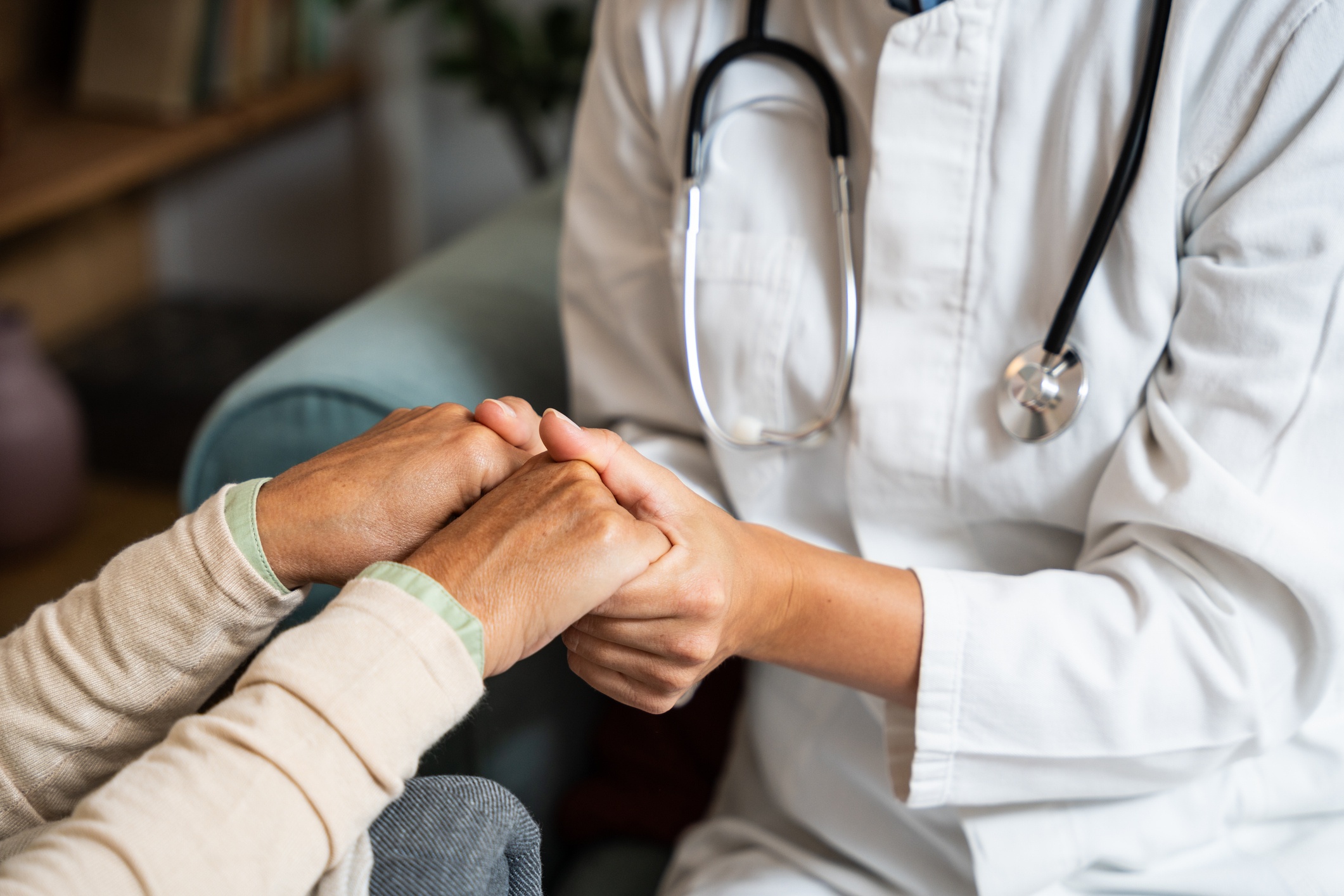Risk Factors for Osteoporosis
Osteoporosis is influenced by a combination of genetic, hormonal, lifestyle, and medical factors. Understanding these risk factors is essential for early identification and prevention.
While some risks, such as aging or family history, cannot be changed, lifestyle modifications can help mitigate their impact.
1. Age: Bone density decreases naturally with age, especially after 50.
2. Sex: Women, particularly postmenopausal women, are more prone due to hormonal changes.
3. Family History: A family history of osteoporosis or fractures increases the likelihood of developing the condition.
4. Hormonal Imbalances: Low levels of estrogen in women or testosterone in men contribute to bone loss.
5. Dietary Deficiencies: Insufficient intake of calcium, vitamin D, or protein weakens bones.
6. Sedentary Lifestyle: Lack of weight-bearing or resistance exercises accelerates bone loss.
7. Smoking: Tobacco use is linked to reduced bone mass.
8. Excessive Alcohol: Heavy alcohol consumption interferes with bone formation.
9. Medical Conditions: Rheumatoid arthritis, gastrointestinal diseases, thyroid disorders, and more can impact bone health.
10. Medication Use: Long-term use of corticosteroids, anticonvulsants, and certain cancer treatments may lead to bone loss.
